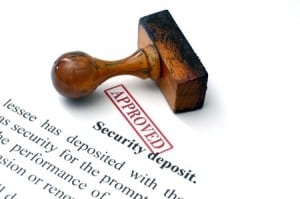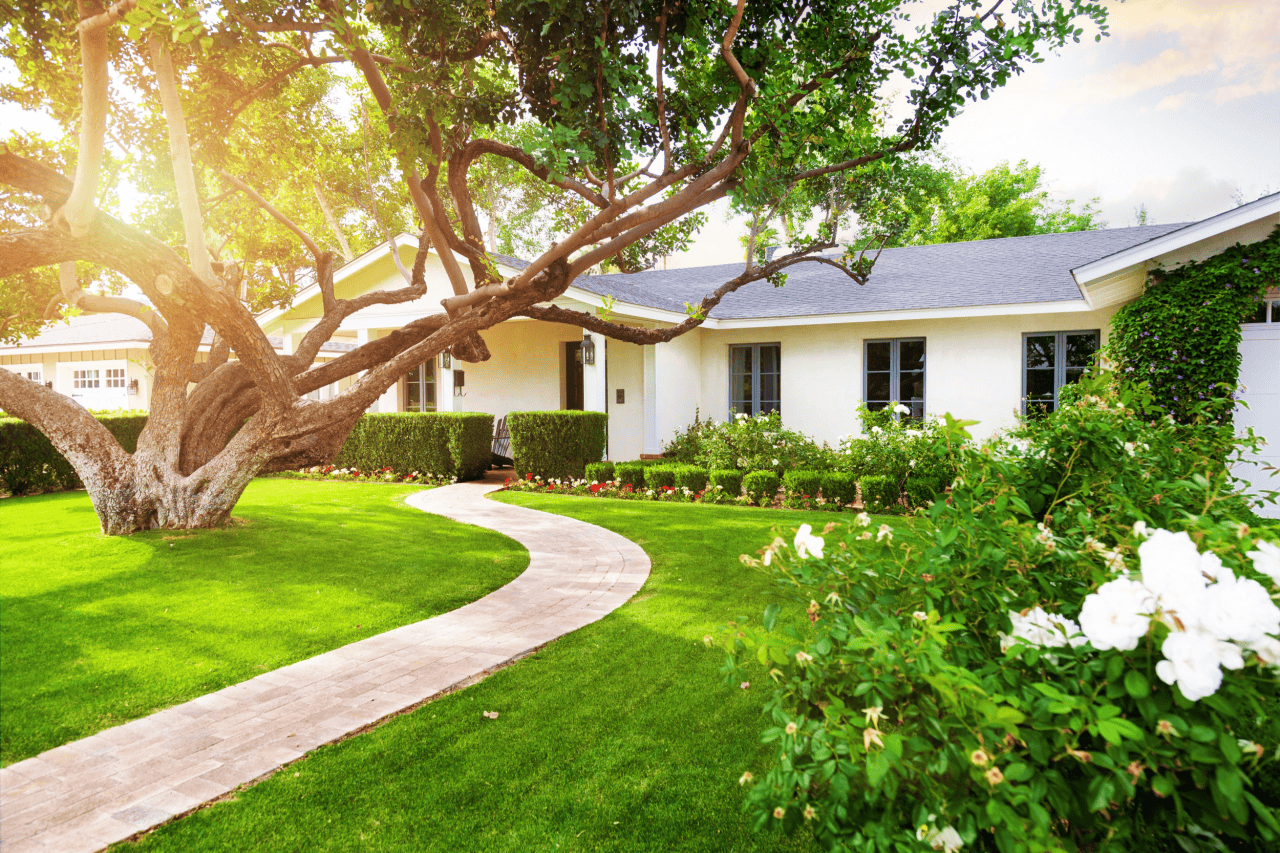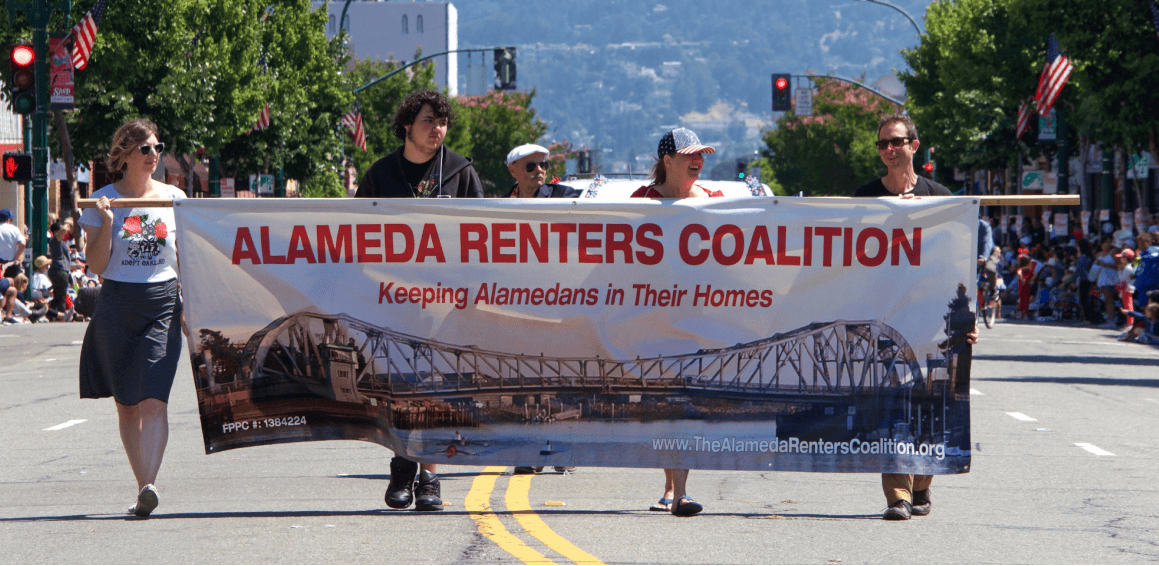Security deposits a top source of landlord disputes

But your landlord may have other ideas.
In my experience, the number one complaint about landlords is that they keep the security deposit at the end of a lease, even when there’s no damage. That may be more of a perception than a fact, but there are certainly plenty of disagreements between landlords and tenants over deposits.
So, what is a security deposit and who gets it at the end of a lease?
In Georgia, the security deposit is paid by a tenant to a landlord to secure the tenant’s performance under the terms of the lease.
That means that if the tenant doesn’t pay the rent when it is due, the landlord can take it out of the security deposit.
In addition, at the end of the lease, the tenant agrees to return the dwelling in the same condition it is on the day they move in, except for normal wear and tear.
Most often, if there’s going to be a dispute, this is where it happens – over what constitutes “normal wear and tear” versus what constitutes “damage.”
Georgia law speaks very clearly to the issue of residential rental security deposits. And as long as both landlord and tenant follow the requirements of the law, the system usually works very well.
Here’s how it’s supposed to work:
1. Prior to the acceptance of a security deposit, the landlord is required to give the tenant a written statement called a Move In Inspection form, detailing any existing damage. The tenant is required to sign that form, or, if he disagrees with the list of damages, provide a written statement of the items he (the tenant) feels are already damaged.
2. The law says that the form becomes the definitive list of existing damages once landlord and tenant agree on the condition at move-in.
3. Assuming the tenant pays his rent, all of the security deposit is to be returned at the end of the lease, unless there are damages caused by the tenant or his guests that are beyond normal wear and tear.
4. When the tenant moves out, the landlord is required to provide a written list of any “new” damages and their estimated cost, and may deduct that amount from the security deposit. The landlord has three business days to provide that list to the tenant.
5. If the tenant disagrees with the list of “new” damages, he must provide a written statement of his disagreement, telling the landlord exactly what he disputes. The tenant has five business days after move out to provide that statement to the landlord.
And finally,
6. If either side fails to perform their duties within the timeframe specified, they give up all their rights to keep or get back any portion of the security deposit.
So the Move In Move Out inspection form is vitally important if you hope to get back any of your security deposit in Georgia.
Q: What if your landlord doesn’t want to perform a move-in inspection?
A: You should insist on a move in inspection, and if he refuses, you should perform the move-in inspection yourself, sign and date it, and send him a copy.
Q: Are there any loopholes in this process?
A: Unfortunately, yes. If a landlord owns 10 or fewer units, and owns the property in his own name, he is exempt from the requirements of a move in and move out inspection.
Q: So, how can a renter protect himself?
A: Again, you should insist on a move-in inspection, and if the landlord refuses, you should perform the move-in inspection yourself, sign and date the form, and send him a copy.
Q: Assuming I have done all this, I had the move-in inspection, and I had the move-out inspection, and the landlord and I simply disagree? What happens then?
A: If you simply can not agree on “new” damages, your next step is small claims court, where you both tell your story to a judge, and let the judge decide.
My advice is to take lots of clear photos of each room, and specifically of all existing damages before you move in. If possible, the photos should be “time and date stamped.” Then do the same thing when you move out. Your pictures will tell the story better than your memory.
I have created a sample Move In and Move Out Inspection form along with instructions. You may download it from my website at Money99.com by clicking on the “forms” tab. You can also download a copy of the Georgia Landlord-Tenant Law as it relates to this topic.
The vast majority of security deposit disputes could be avoided if both landlords and tenants followed the existing rules for security deposits. This is clearly an issue in which failure to follow the rules invites a problem.
Source: myajc.com















 Accessibility
Accessibility